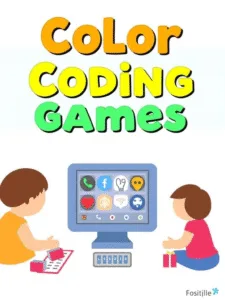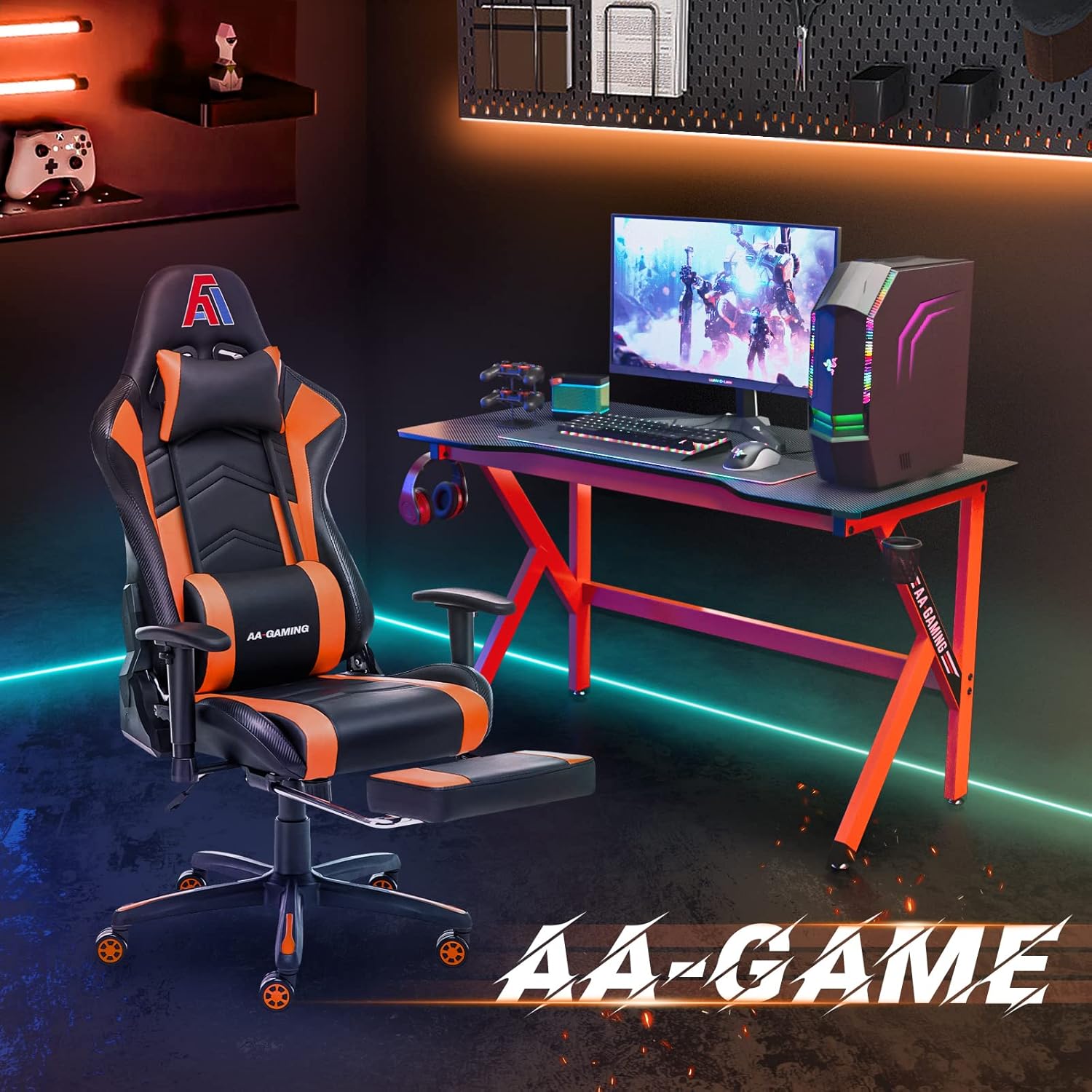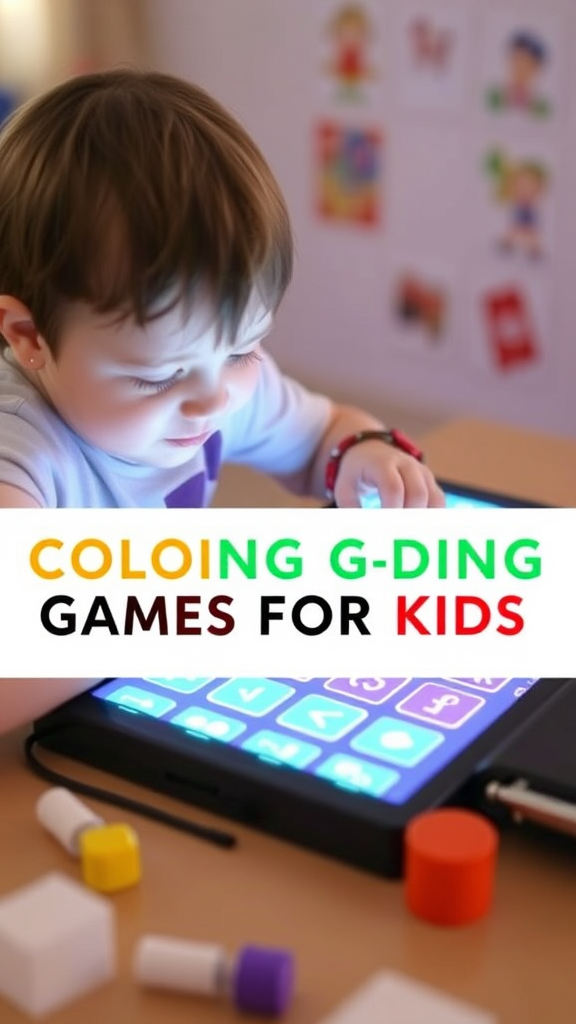
Programming might sound like a complex activity suitable only for seasoned techies, but with the right approach, it’s something even kids can grasp and enjoy. One such engaging method is color coding – a fun, visual way to introduce children to the fundamental concepts of programming. Let’s dive into the fascinating world of color coding games and explore how they can transform the learning process for kids.
Why Color Coding?
Color coding simplifies complex concepts by breaking them down into a visually appealing and intuitive format. For kids, this method is incredibly effective because:
- Visual Learning: Kids are naturally drawn to bright colors and visuals, making color coding games an ideal learning tool.
- Understanding Patterns: Recognizing and following color patterns can teach logical thinking, a crucial skill in programming.
- Hands-on Activities: Most color coding games are hands-on, which enhances the learning experience through active participation.
What Are Color Coding Games?
Color coding games are activities where children use color to represent different programming concepts. These games often involve arranging colored blocks or following color-based instructions to achieve a specific goal. Here are some popular types of color coding games:
- Coding with Colorful Blocks: Similar to physical toys like LEGO, kids use colored blocks to create sequences that represent code.
- Color-Based Puzzles: Simple puzzles where children need to follow a color pattern to solve challenges.
- Drawing and Coloring Activities: Kids follow step-by-step instructions using colors to learn about directions and sequences.
Benefits of Color Coding Games for Kids
- Introduction to Logic and Sequences: Color coding helps kids understand the importance of order and logic in problem-solving.
- Boosts Creativity: When kids experiment with colors and patterns, they’re encouraged to think creatively.
- Encourages Teamwork: Many color coding games are designed for group activities, fostering collaboration and communication.
- Enhances Fine Motor Skills: Activities like coloring or arranging blocks improve dexterity.
- Makes Abstract Concepts Tangible: Translating programming concepts into colors makes them easier to visualize.
How to Get Started with Color Coding Activities
Step 1: Select the Right Game
Choose games that match the child’s age and skill level. Here’s a quick guide:
- Ages 3-5: Start with simple coloring activities. Encourage the child to follow a pattern or create their own using different colors.
- Ages 6-8: Try block-based coding games where colors represent specific actions (e.g., red = move forward, blue = turn right).
- Ages 9-12: Introduce more complex sequences, conditionals, and loops using color coding.
Step 2: Explain the Basics
Before jumping into the activity, explain the basic rules and objectives. For example, if you’re using a game that involves arranging colored blocks to guide a character through a maze:
- Each color represents a different action (e.g., move forward, turn, jump).
- The goal is to arrange the blocks in a sequence that helps the character reach the end.
Step 3: Let Them Experiment
Encourage kids to experiment. Allow them to try different combinations and learn from their mistakes. The emphasis should be on exploration and fun rather than getting it right the first time.
Step 4: Reinforce with Real-World Examples
Help kids see the connection between the game and real-world coding. For instance, explain that the sequences they’re creating are similar to lines of code in a program.
Where to Find Color Coding Games
- Online Resources: Check out websites like CS Unplugged for free activities that teach computing concepts offline.
- Board Games: Games like Robot Turtles teach programming through movement and color-based instructions.
- Educational Apps: Look for apps designed for kids (e.g., Lightbot Junior) that use color coding in a digital format.
- DIY Activities: Create your own games using colored cards or papers to represent actions. Learn how to design your own games here.
Conclusion
Color coding games are a brilliant way to introduce young children to programming concepts in a way that’s both fun and educational. By engaging with colors and patterns, kids can learn the basics of logic, sequences, and problem-solving—skills that will be valuable in any future career. Whether you use online resources, board games, or DIY activities, remember to keep the focus on enjoyment and exploration. Happy coding in color!

STGAubron Gaming PC Desktop
STGAubron Gaming PC Desktop Computer, Intel Core i5 up to 3.6G, Radeon RX 590 8G, 16GB RAM, 1TB SSD, 600M WiFi, BT 5.0, RGB Fan x3, Windows 11 Home

AA Products High Back Ergonomic Gaming Chair
AA Products Gaming Chair Ergonomic High Back Computer Racing Chair Adjustable Office Chair with Footrest, Lumbar Support Swivel Chair - BlackOrange

